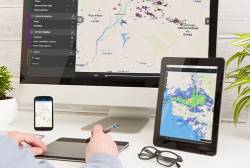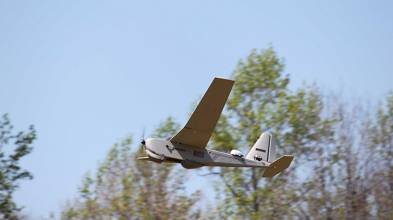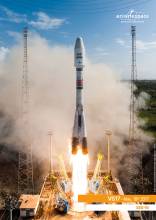Applanix, University of Waterloo Collaborate on Advanced Technologies for Autonomous Vehicles
 Applanix will provide WatCAR with its POS for testing autonomous guidance and control systems in real-world conditions. Photo source: Applanix.
Applanix will provide WatCAR with its POS for testing autonomous guidance and control systems in real-world conditions. Photo source: Applanix.Applanix, a Trimble Company, announced this week that it is collaborating on advanced research for autonomous vehicle guidance and control systems with the University of Waterloo Centre in Ontario, Canada for Automotive Research (WatCAR). Applanix will provide WatCAR with its Positioning and Orientation System (POS) for testing autonomous guidance and control systems in real-world conditions. Applanix will also provide the Trimble GNSS-Inertial board set for integration with car systems and sensors to enable precise positioning.
By Inside GNSS











